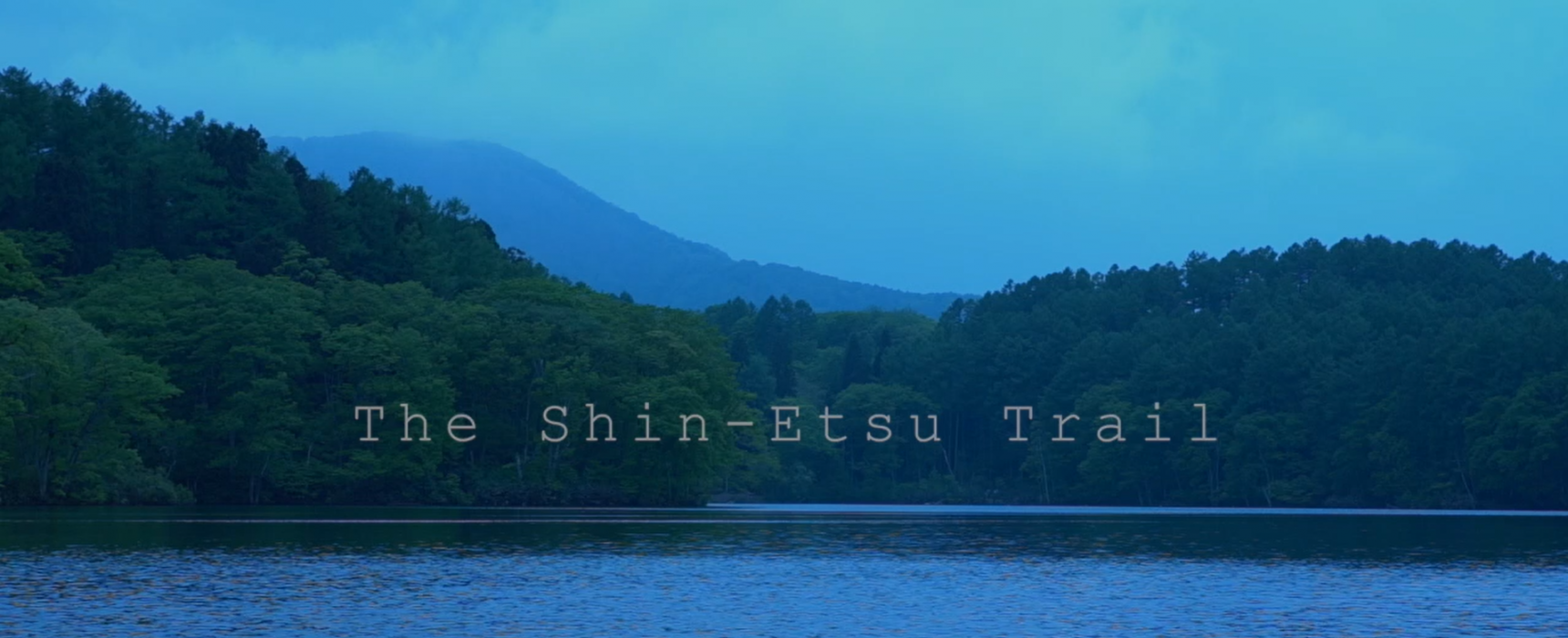Trekking Through the Mosaic
Running for about eighty kilometers along the border between Niigata and Nagano prefectures, the Shin-Etsu Trail gives trekkers the chance to experience the captivating mosaic of natural features known as satoyama—and help Japan retain its singular culture and environmental diversity along the way.
By Highlighting JapanAbout three-quarters of Japan’s terrain is mountainous, including many celebrated peaks. When someone mentions hiking in the mountains, it usually means scaling summits and conquering one peak after another. With the spread of the health boom in recent years, however, journeys taken along relatively easy trails have grown increasingly popular.
The NPO Japan Long Trail Association currently oversees sixteen trails, with the Shin-Etsu Trail being one of the first. “The Shin-Etsu Trail runs about eighty kilometers along the ridges of the Sekida mountain range, which serves as the border between the prefectures of Nagano and Niigata, at an altitude of around a thousand meters,” says Kenichi Takano, secretary general of the NPO Shin-Etsu Trail Club. “Surveying began in 1996, and the whole route was finalized in September 2008. Using mainly original mountain climbing trails, service roads used by forestry workers, and old roads remaining since the Warring States era (1467-1603), we broke some ground to create new sections and connected them all.”

https://www.gov-online.go.jp/eng/publicity/book/hlj/html/201806/201806_07_en.html
The Shin-Etsu Trail is divided into six sections, all relatively close to roads, which makes an initial approach by car simple. Sixty lodging facilities along the course have joined the NPO Shin-Etsu Trail Club. If you stay at one of these places, it will provide transport to the trailhead or the end of the trail. Since the trail intersects with so many roads—including sixteen mountain pass roads—and you can select the starting point and goal from a variety of locations according to your experience and physical strength, everyone from beginners to experts can enjoy the course.
Approximately 38,000 people follow the Shin-Etsu Trail each year, and in recent years the proportion of foreign trekkers has swelled, mostly people from countries in North America, Europe and Oceania coming from cultures familiar with long trails. The primary appeal of this area is a diversity of nature, flora and fauna that is rare overseas and Japan’s satoyama culture close to the trail. Satoyama refers to the interweaving of forests, grasslands, rice paddies, streams, ponds and irrigation reservoirs, as well as to promoting the sustainable use of traditional landscapes and protecting biodiversity in satoyama woods and farmlands.
“The best time for trekking is from the middle of May to the end of October,” Takano notes. “From spring to fall you can experience Japan’s distinctive changing seasons—the remaining snow cover and fresh greenery, wild mountain grasses that flower all at once, Japan’s vivid beech forests, the colorful leaves of autumn and more. Since the trail follows satoyama landscapes, after trekking you can enjoy hot spring bathing, local dishes, traditional craft experiences and tours of temples and shrines in villages in the foothills.”
Takano is delighted that one factor leading foreigners to visit is a deep appreciation for the purpose behind establishing the trail. “We’re hoping that the region of nine municipalities in two prefectures the trail runs through will work as one, that local values that are buried will be rediscovered, and that people will take greater pride in their land,” he explains. “Many foreign people have shown interest in and an understanding of these ideas, and they often visit places where these ideas are being put into practice.”
Takano believes that initiatives like setting up the Shin-Etsu Trail will become even more widespread. The international reputation of trails that run through satoyama is likely to gain a much higher profile.





